Frédéric Choinière, journalist and presenter on Unis TV has decided to take up the challenge of consuming 100% Canadian products. Her project is called “ My Life Made in Canada ” .
Four programs are produced and follow the adventures (or perhaps sometimes misadventures) of Frédéric for a year according to a cycle of four seasons.
Made in Canada everyday
Frédéric begins the adventure by taking stock of his possessions to keep only those that correspond to his challenge. He quickly realizes that these do not exceed ten and that he must remedy the situation. This leads Frédéric to ask himself the following question: what is the difference between “made in Canada” and “product of Canada” ?
According to the Competition Bureau 's definition, a good is considered a "product of Canada" if at least 98% of the direct production or manufacturing costs were incurred in Canada. For "made in Canada", it is sufficient that at least 51% of the direct manufacturing or production costs are incurred here. The common point between the two definitions is that the last substantial transformation must also take place within Canadian borders.
We then follow Frédéric in his adventures to furnish his Toronto apartment, stock his wardrobe, eat, move around, get informed, educate himself and work. So many challenges awaiting him and which do not look easy to overcome. Depending on the season, the challenges are different.
I will admit that I myself was surprised by the extent of the challenge. At first glance, when we think of consuming Canadian, our first instinct is to think of purchased goods, material goods. We often forget transport, “cultural products”, but also our current possessions as basic as they are, like our toothbrush! Another major challenge is our famous electronic devices! The “hyperconnected” that we are and the place these devices occupy in our lives for all our communications and to help us in our daily tasks have made us dependent. Indeed, alternatives to electronic devices manufactured mainly in Asia are almost non-existent. Probably the only downside to Frédéric's quest.
The challenge Frédéric has set himself is certainly very difficult and demanding. However, for many products, the challenge is easier than we might imagine. We just have to take the time to shop well in order to slowly change our consumption habits.
I was able to speak with Frédéric. I took the opportunity to ask him a few questions about the “My Life Made in Canada” challenge.

Source: Mari Photographer / Ambassador: Vanessa Pilon / Products: La fabrik Éco & Marilou Design
Interview with Frédéric Choinière
What was your first motivation when you embarked on the challenge of consuming Made in Canada for a year?
The main motivation behind the “My Life Made in Canada” documentary project was to continue educating myself to make the best consumer choices possible. Not that I want to reduce the citizen to a single role of consumer, but nevertheless it is a direct and daily way of having an impact on our natural, social and economic ecosystems. I also felt like taking up a challenge, I was curious to discover the scope and diversity of what we still produce here today.
That said, the idea of a TV series is adapted from the documentary "Made in France" broadcast on Canal + on the other side of the Atlantic. We decided to base ourselves on this unique documentary and to decline the concept to follow the four seasons of the year, each one bringing its own set of particular challenges.
What are your tips for people who want to buy Canadian and encourage local consumption?
It is often said that the Internet is a “disruptive” technology harmful to small businesses. However, I realized that the Internet can also be an ally of local production and consumption. Several online directories allow artisans and producers to sell directly, without expensive intermediaries. For customers, these same directories make it much easier to find products made in our region, province or country. During my #madeincan year, I really appreciated being able, in a few clicks, to find or buy the products I was missing. The local Signé Marketplace has arrived at the right time!
Beyond shopping online, I would say my first piece of advice is to take it step by step. Do you have an object to replace or a gift to buy? Take the opportunity to do some exploring, especially if it's not urgent. Because you really have to take the time to rethink the way you consume. Local products are often more expensive, although not necessarily. Above all, they are not always offered in the stores that we are used to frequenting. In short, you have to give yourself the time to discover new businesses , to try new products. Just because a product is made locally doesn't mean we'll necessarily like it. It is therefore also necessary to be ready to make a few attempts, not to be discouraged if it is not fruitful from the start.
What changes do you think would need to be made if you were a Canadian manufacturer or industrialist? Labeling plays an important role I guess?
We really have a labeling problem! Consumers have been asking for clearer labels for years, whether to know if the food contains GMOs or to know the origin of a product. We asked for an interview with the Competition Bureau of Industry Canada, which manages the designations “Product of Canada” and “Made in Canada”. Unfortunately, we declined our repeated requests. Currently, a manufacturer is not required to indicate the place of manufacture. If the production meets the criteria of "Made in Canada", then the manufacturer can mention it on the label, at its option. But there is no uniformity or official label, unlike France and Australia, for example.
Speaking with various manufacturers during filming, I also understood that we often walk on eggshells in our relations with the United States, our main trading partner. On the one hand, companies that are "Made in Canada" need to have access to the American market to survive, since our market is limited. It can therefore be counterproductive to display a large Made in Canada on a product intended for export, especially when the mood is protectionist south of the border. One solution could be to slightly modify the packaging depending on the destination of the product: at home or abroad. This is the case for the moisturizing lotion that I buy. I noticed that the containers sold in Canada proudly display a maple leaf and the words Made in Canada, whereas there is none of that on the containers sold in the United States!
Do you think that the premises are still somewhat inaccessible to low- and middle-income households? Is it elitist as a type of purchase?
Unfortunately, living 100% local still often means higher prices. It hasn't been easy for me alone, so I imagine having two or three children to feed and clothe. Clothes made here are often quite more expensive than those that come to us from Southeast Asia (unless it is the opposite, that the price of imported clothes does not reflect the real cost of their production).
That said, there are ways to consume products from here without breaking the bank. I often give the example of personal hygiene products and household products. We make excellent ones here, they are often ecological and do not cost more. Ditto for certain plastic products (food containers, bins and garbage cans, rubber boots) that are offered at low prices in big-box stores. Is buying local elitist? I think that it confronts us rather with our consumption habits and that it calls into question the notion of value that we attribute to the goods and products that we buy.
We often stop at the price and it is understandable. But I think we should rather think about the value of a product, both economic, human and environmental. Is this product well made? Has it allowed human beings to work with dignity, to fulfill themselves ? Will it last – and please me – long? Can I amortize its purchase cost over time, or even pass it on to others? That's all. And also the pleasure of reconnecting with a notion of terroir, a bit like with wines and foods of controlled origin. Discover how our climate, our geography, our (or our) culture(s) influence the design and manufacture of these thousand and one objects with which we surround ourselves in life.
The full version of the “My Life Made in Canada” series is available from October 7 to December 19 for online viewing by clicking on this link . We can also discover, on the Ma Vie Made in Canada site, a directory of all the objects that Frédéric found during his year as well as a series of animated capsules .

Reviewed by Marie-Eve Patry
Cover: Brock Hodgkinson


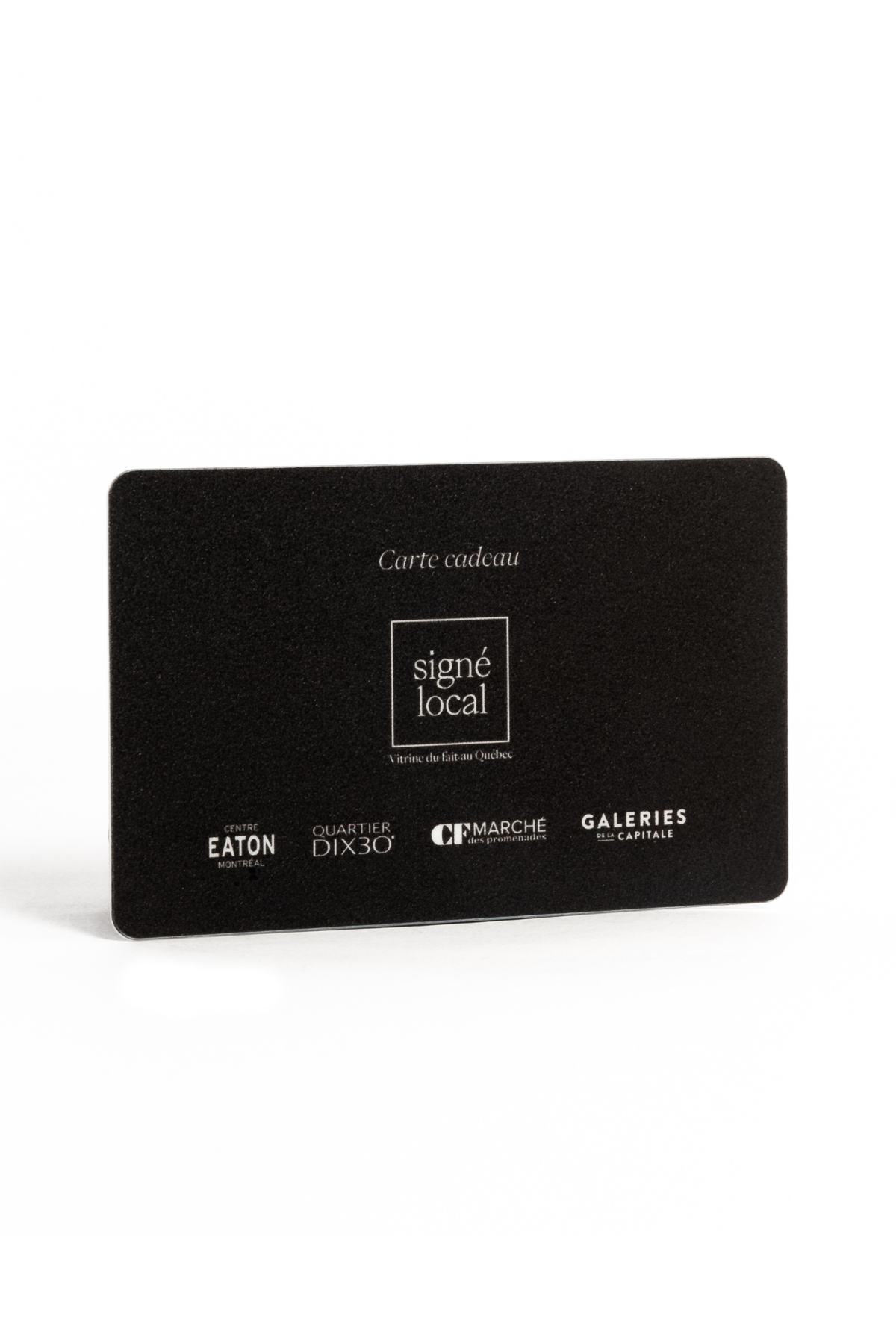



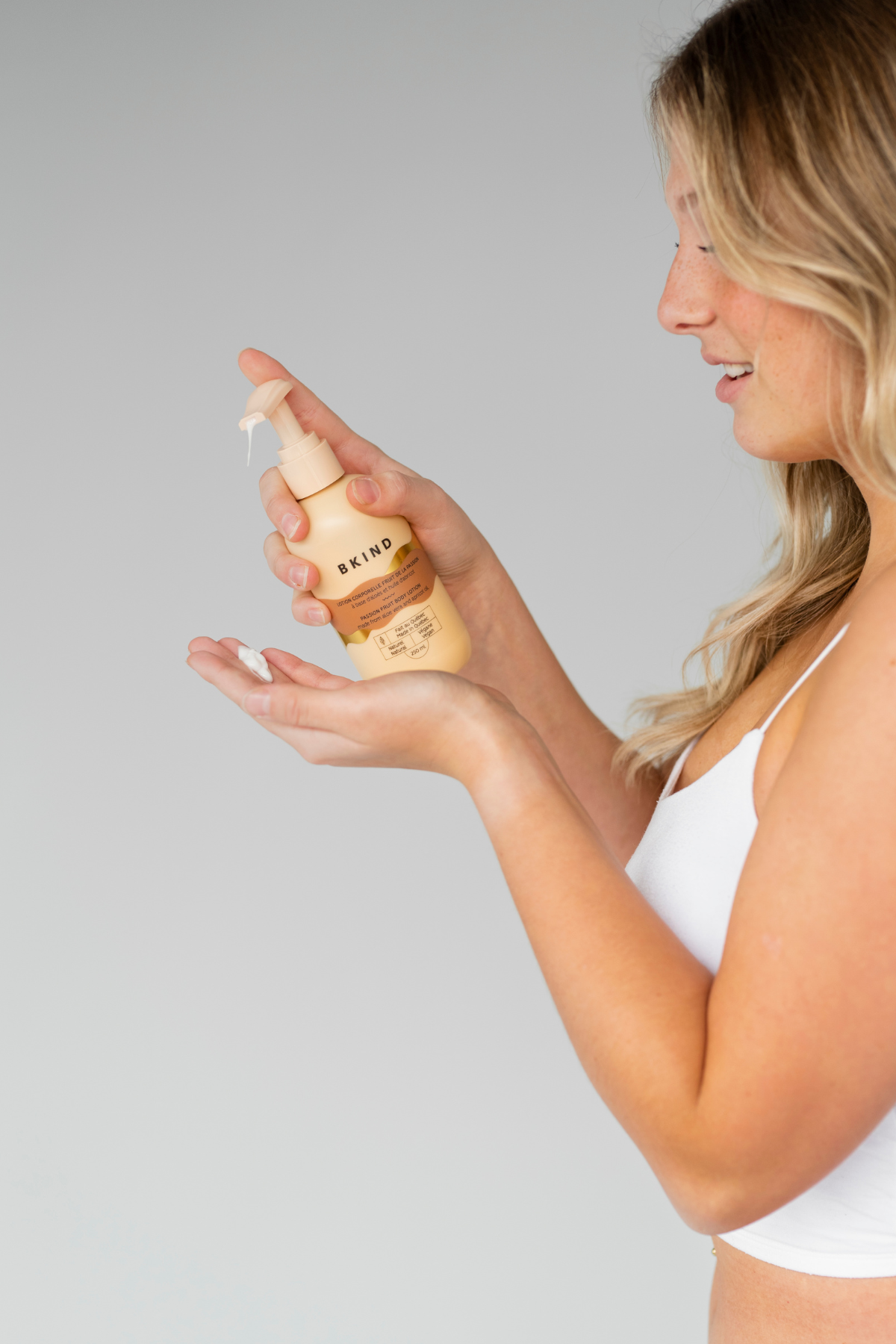

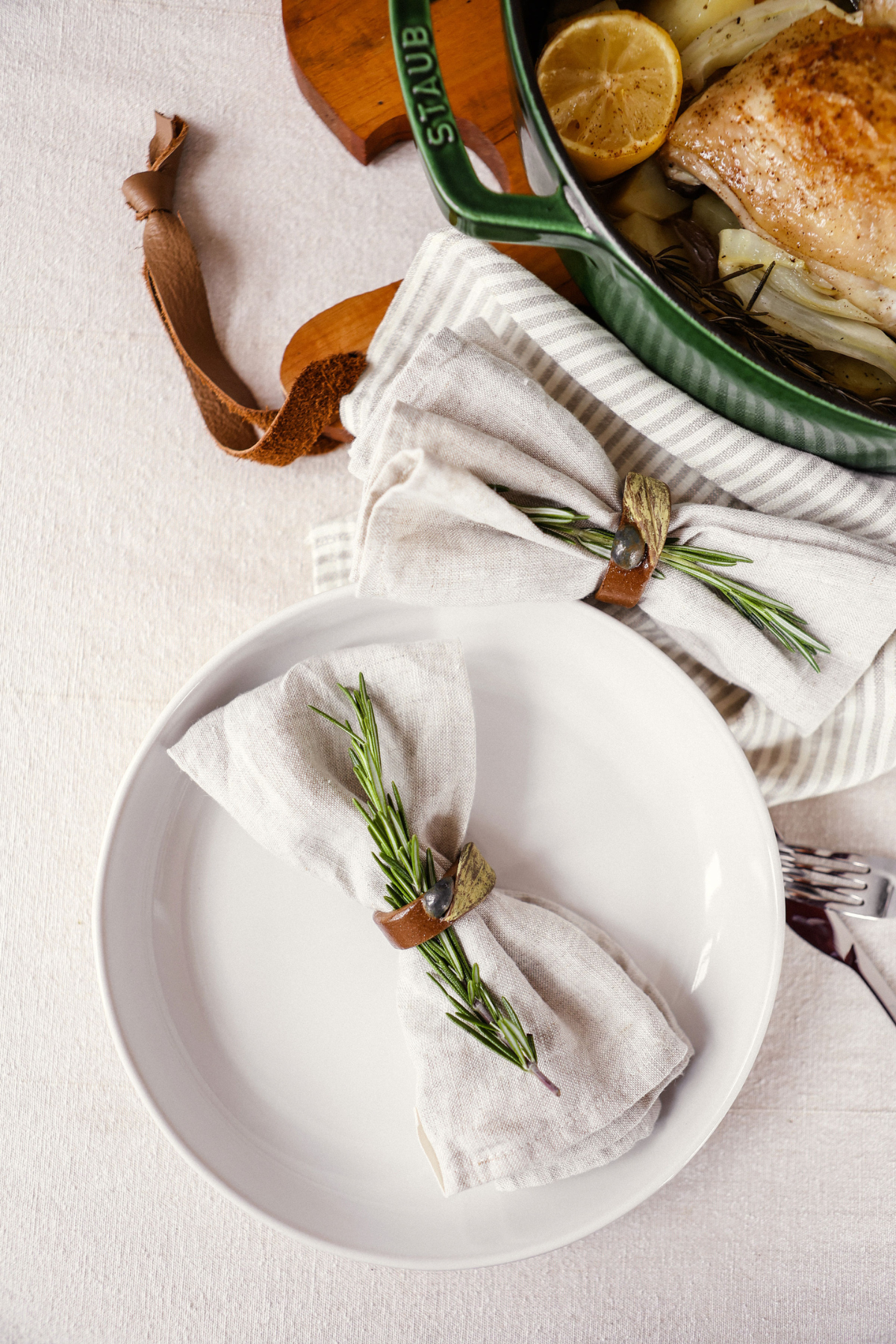
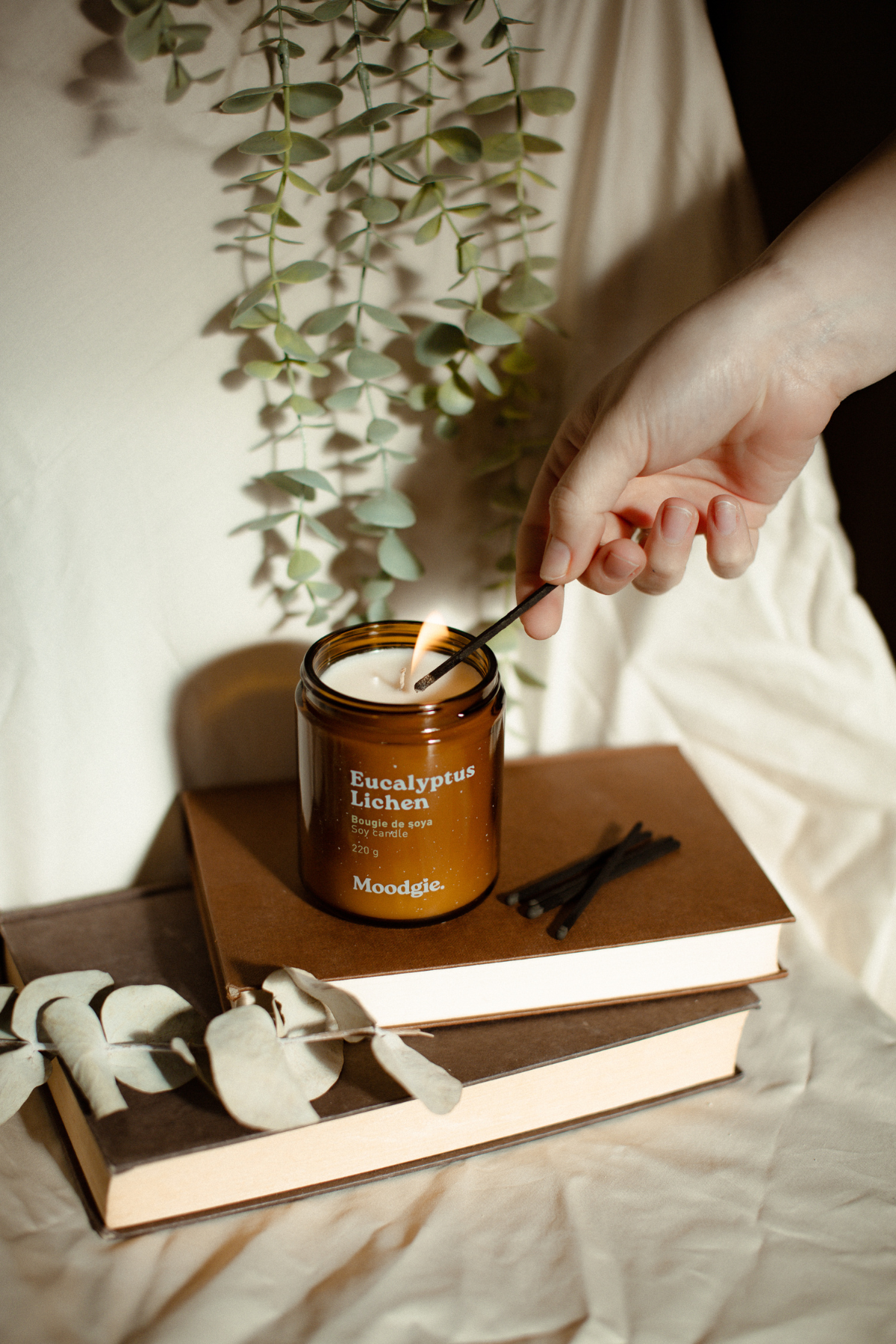

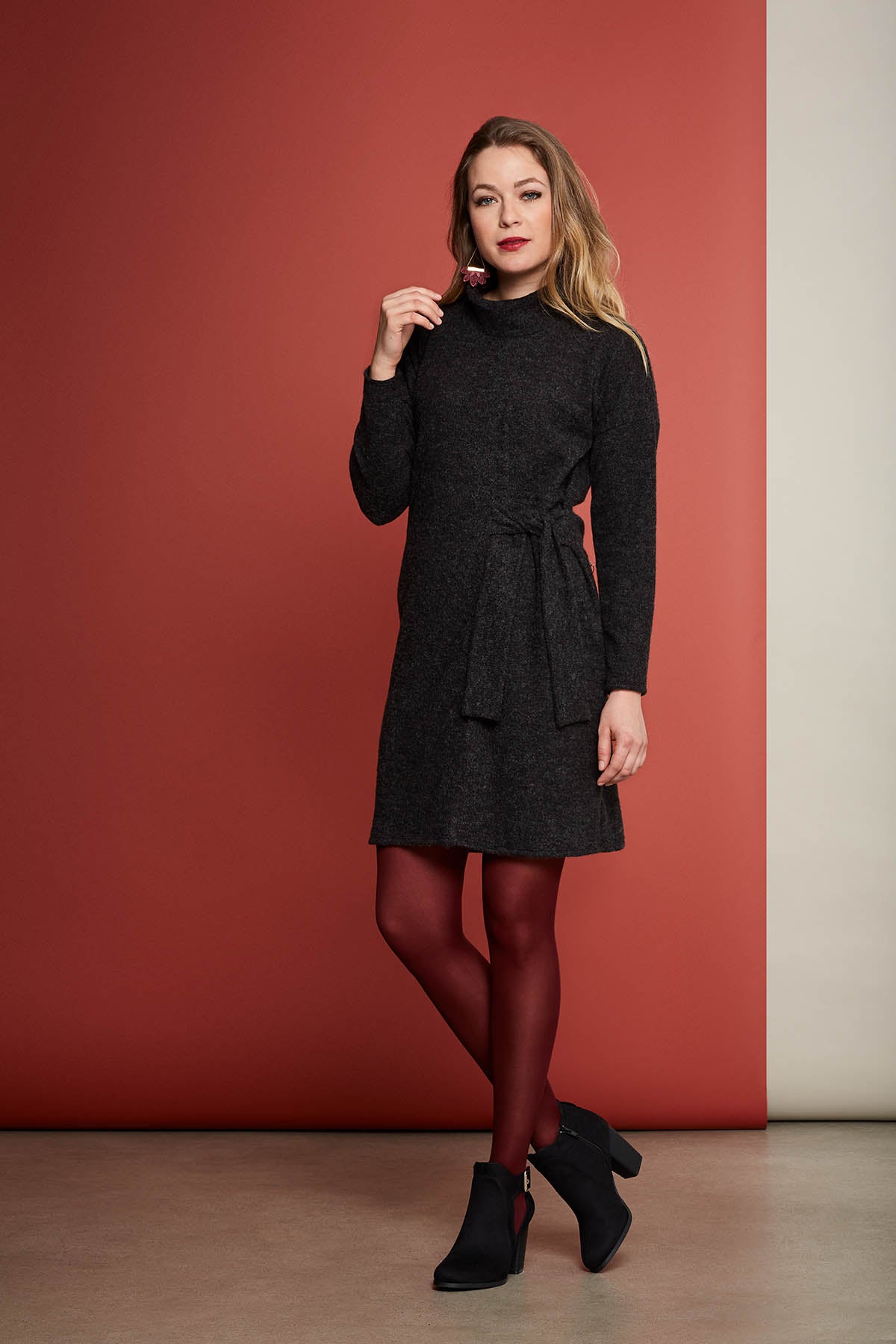

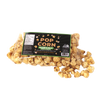

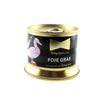
















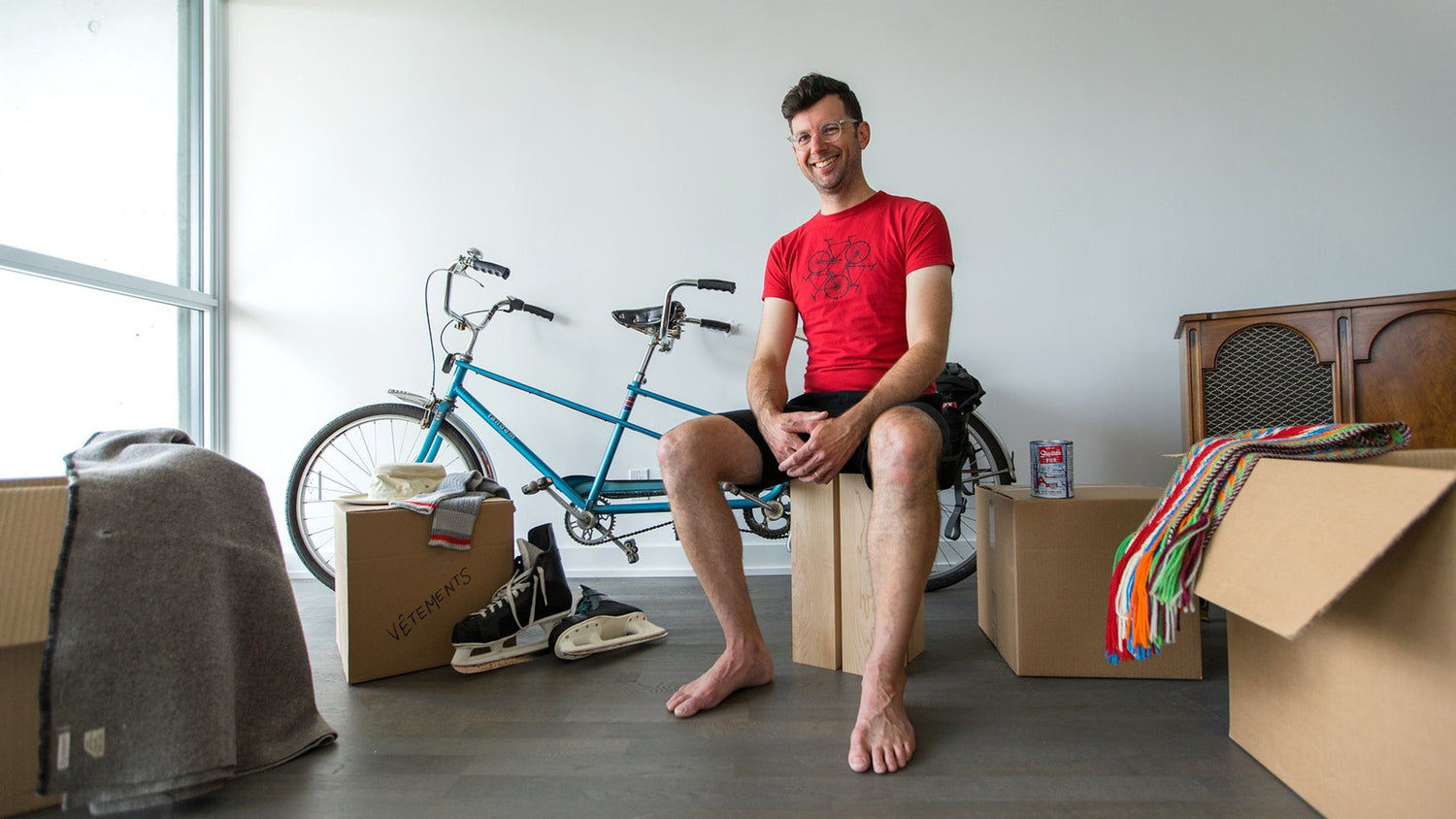


Leave a comment
This site is protected by hCaptcha and the hCaptcha Privacy Policy and Terms of Service apply.